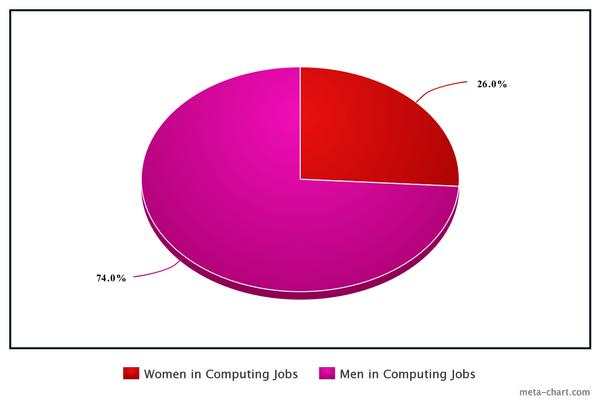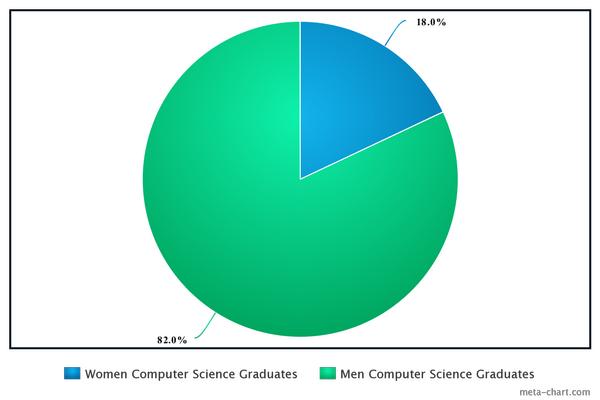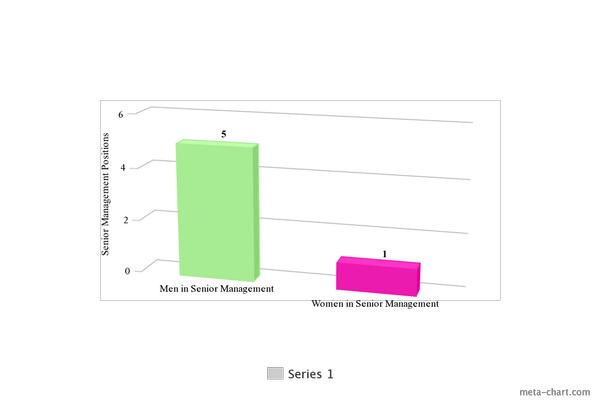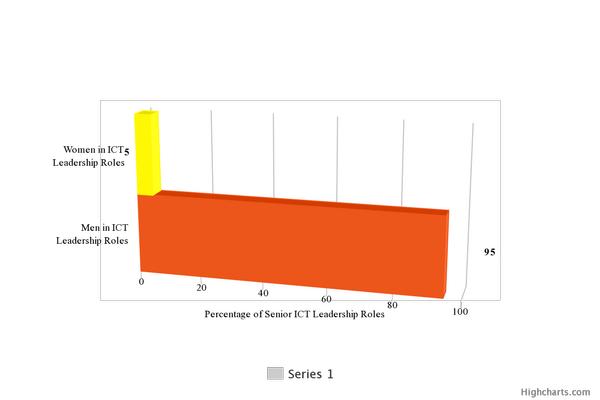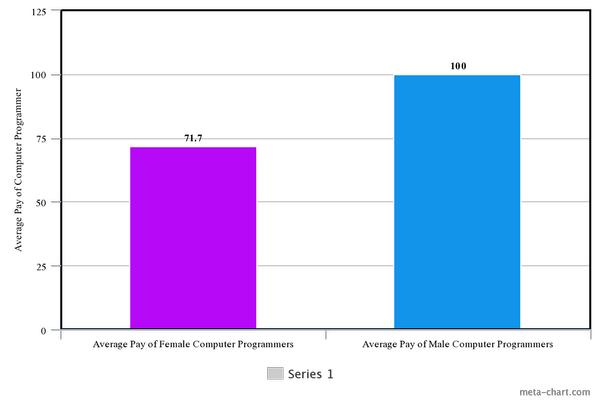A Sub-Group of the IATT on Gender and Science, Technology and Innovation (STI) was formed in 2018 with the purpose of increasing synergies and collaboration among the UN, its agencies, funds and programmes on issues pertaining to STI and gender.
With the adoption of the 2030 Sustainable Development Agenda and its 17 SDGs, countries committed to ensure sustainable development that leaves no one behind and no one offline. This will require significant global transformation, in which STI will be the key transformers and enablers.
As women and girls make up half the population; without their equal contribution to STI including the ICTs, we are losing half of the potential creators, innovators and scientists and the perspectives of even more, and their essential contribution to solving the world’s major problems. Closing the gender gap in the entire STI system throughout a cycle of education (R&D – employment / entrepreneurship – leadership - influence) will be a key prerequisite for the necessary social, economic and technological transformations. This is also an imperative for women’s economic empowerment, enabling girls and women to make informed life choices and participate fully in society.
At the same time, improving quality of life for women and girls is a global challenge and calls for innovative solutions that support their education, employment and leadership opportunities. Interventions are required at a number of stages and with policy tools as well as focused programmes to shift priorities, investments, perceptions on women’s and girls’ place in STI, and institute practical measures that directly respond to barriers that hinder women’s and girls' success.
Within the UN system, there is a wealth of information, expertise, activities, lessons learned and best practices on STI and gender. To ensure the optimal delivery of the UN system and its value-added in this area, it is essential to enhance synergies and collaboration between the relevant UN entities in this specialized field.
By providing an informal working-level platform to connect the interested entities in the IATT, allowing for sharing information and experiences, the Sub-Group would provide an urgently needed impetus for enhanced collaboration and exploration of possible joint activities that would use synergies among IATT members to add value to the work of individual UN entities.
The work of the Sub-Group will be co-led by up to three of its members and would meet informally (in person and by call-in) on a timetable determined by needs of its work program. The work program will initially focus on :
Membership of the Sub-Group on Gender and STI is open to members of the IATT. In carrying out its work, the Sub-group will strive to engage with members of civil society that active in this field.
Current Members: WIPO, ITU, UNESCO, DESA, UNCTAD, ICGEB, UNOOSA, UNICEF, ECLAC, UNWomenThe group worked on collecting the list of initiatives within the United Nations (UN) System on gender and science, technology and innovation (STI) from 11 contributing UN entities members of the Interagency Task Team on STI for the Sustainable Development Goals (SDGs) established under the Technology Facilitation Mechanism (TFM). The initiatives aim at empowering women and girls in the field of STI through various areas of action that include capacity building, information sharing, policy setting and awareness raising. SDG 5 on Gender Equality is a cross cutting enabler for the achievement of the 2030 Agenda.
There is still a large gender disparity in the technology, science and innovations fields across the globe. This page will use statistics and charts to demonstrate this discrepancy.
In addition to the data reflected in the graphs, trends in data are demonstrating that the percentage of women graduates in the field of computer science is decreasing in many countries. Women graduates have dropped between 2 and 13% in the 12-year period between 2000 and 2012. In countries where the percentage has not fallen, there has only been a modest increase in women graduates and the overall numbers remain low.
Despite this troubling data, women are incredibly competent when it comes to technology and computer science. A study found that code developed by women is viewed as superior to that developed by men when gender is not revealed but becomes viewed as inferior when gender is known.
Even as recently as 2017, men were found to be more likely than women to use the internet in two-thirds of the world’s countries. Women in low-and-middle-income countries were approximately 10% less likely to own a mobile phone than men. This means that roughly 184 million fewer women own phones.
Finally, the founder of a digitally-driven business is five times more likely to be a man than a woman and, in many places, the ratio is closer to ten-to-one. This is true throughout the world.
